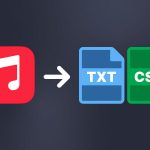Over the years, Playlists have become the lifeblood of the music business. Listening statistics show that fewer and fewer people are listening to entire albums, but rather to compilations of songs picked up here and there. Streaming platforms have understood this. They rely increasingly on Playlists, which are of different types and are of great interest to users and professionals alike. To see things more clearly, we chose to look at the different types of playlists and how to use them.
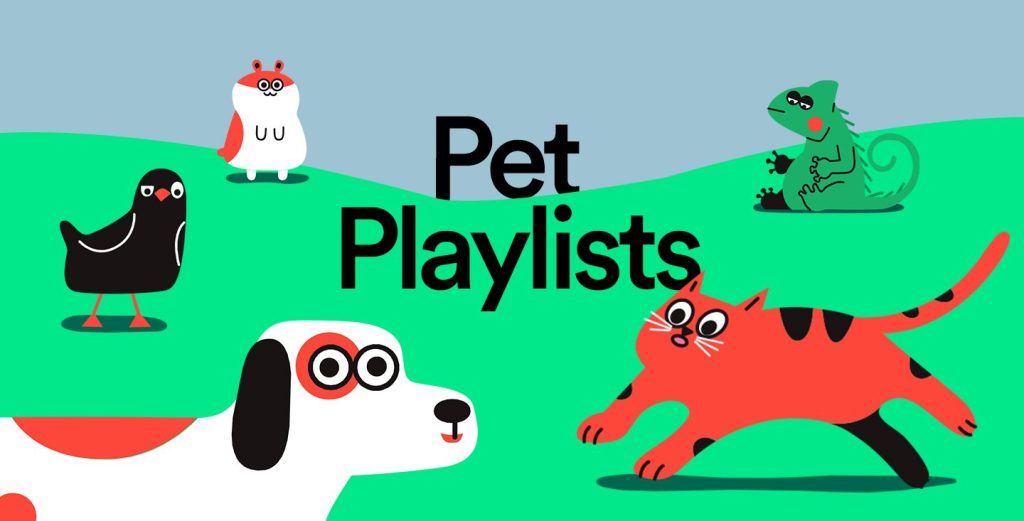
There are so many of them that it can sometimes be hard to know where to stand. And what to choose. Spotify, for example, has made a specialty of multiplying playlists based on an algorithm recognized as one of the best on the market.
It’s essential to understand what you’re listening to and how the dozens of playlists you see daily are created. As a music professional, you’ll want to understand the inner workings of the playlists you try to integrate. Being able to benefit from the exposure of a playlist can be a turning point in a career. Or, at the very least, draw the spotlight on your songs.
As always, Soundiiz explains it all. We’ve taken Spotify as an example. First, because it’s the most widely used service, but also because their playlists are hailed as the most accurate.
The good news is that for each playlist type presented below, Soundiiz can retrieve all the data and then transfer it to any other platform.
Editorial playlists
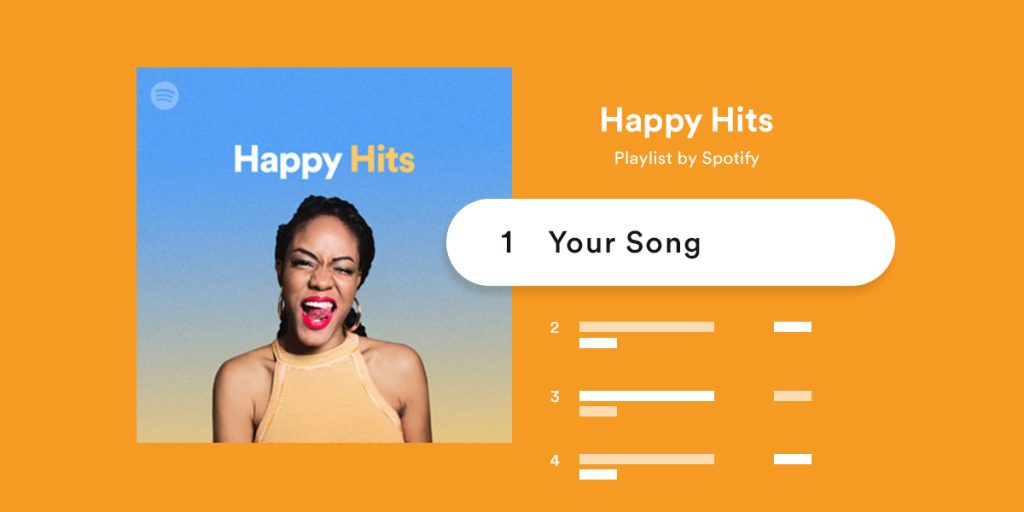
These Playlists are probably the ones artists are most interested in. Why is that? Individuals and curators are paid by Spotify to create them. These people hand-pick songs according to their popularity and highlight them, classifying them based on the theme of the chosen playlist. This theme can correspond to a specific type of activity, a mood, or a genre… Everything is possible! Curators are selected according to their reputation and taste. You can quickly identify these playlists as they feature the Spotify logo in the top left-hand corner of their illustration image.
It can be challenging for emerging artists to integrate such playlists, as they are often based on pretty famous artists.
Algorithmic playlists
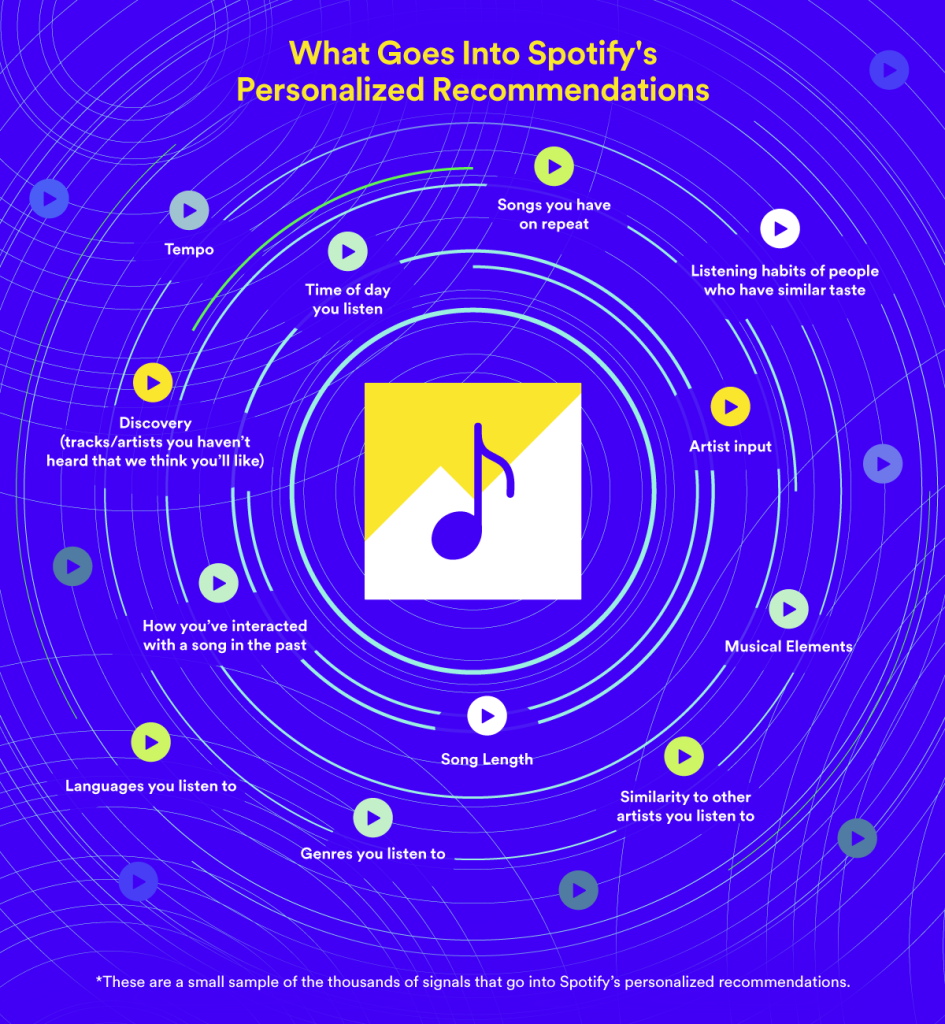
These are probably the best-known playlists. Spotify, for example, has established itself as a benchmark in this field over the years. These playlists are based on your listening habits, the artists you’ve liked, and the genres you listen to most. Streaming platforms gather all this data, run it through their algorithms, and offer you a personalized selection designed to match your tastes as closely as possible.
Taking Spotify as an example, there are three main sections.
The Daily Mixes
Daily Mixes are updated daily by Spotify and consist of six playlists, each comprising 50 songs. Three hundred pieces are thus mixed every day. Each reflects a mood and a musical color and is based on previously liked tracks, recommendations, and other previously listened-to songs. It’s a mix of many things! Spotify users love it because it mixes more or less unknown artists with surefire favorites.
The Release Radar
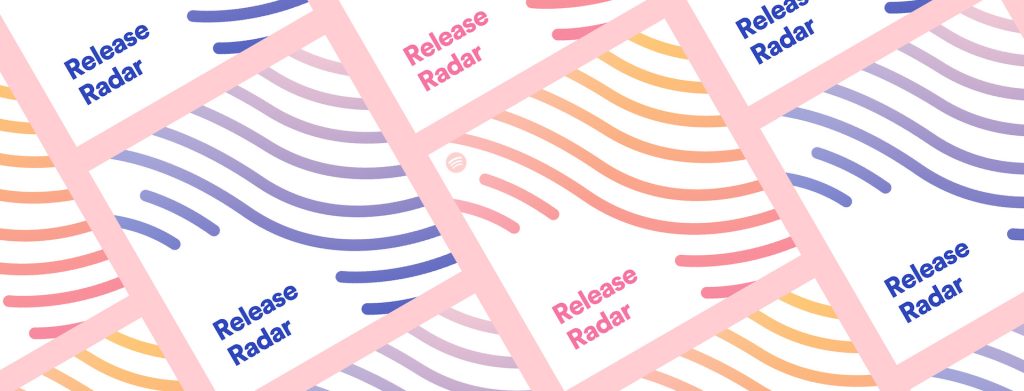
Most artists release new songs and albums on Fridays. It has become something of a norm in recent years. The Release Radar is a playlist updated every Friday with the latest releases based on your listens and likes. It is based on new releases and should not feature music released before each Friday.
For artists, it’s therefore essential that their fans follow them on streaming platforms so that Spotify can push their music into its Release Radar.
The Discover Weekly
While the Release Radar is available every Friday, the Discover Weekly is open every Monday. The perfect way to start the week off on the right foot! Users must have used the platform for several weeks before Discover Weekly becomes relevant. The algorithm will consider your listening habits and those of other people who listen to more or less the same genres and artists as you do. Thirty songs are featured in Discover Weekly.

To be included in these playlists, artists must already have a solid following and have garnered numerous listens for Spotify to “notice” them. It can be frustrating, but it’s unlikely that an artist starting will be featured in one of these playlists. So it would be best if you did a lot of upstream preparation, communication, and networking so that the buzz is finally created and Spotify boosts your music via its algorithm.
Branded playlists and how to use them
Branded playlists are created in partnership with a brand, a media outlet, or any other party external to Spotify. In general, these are well-defined, established entities.
Examples include cultural media such as Vice, Pitchfork, and others. Or music labels that would like to highlight certain artists for promotion or the release of a new album. These Playlists allow you to benefit from the exposure and clout of these cultural entities. For an artist, it can be challenging to gain access: the owners of these playlists generally want to reflect their editorial line and draw on what already exists on the market. Their aim is not necessarily to discover new artists but rather to extend, in music, what they talk about in their articles, videos, or podcasts. The aim is also to improve their image and position themselves as opinion leaders.
Collaborative playlists

As the name suggests, these are playlists created by several people simultaneously. Each authorized user can add the songs they want, creating a small community that can have a significant impact over the long term.
User playlists and how to use them
User playlists are the thousands or even millions of playlists created by any Spotify or other streaming service user. Some are made public and can be listened to by millions of platform users.
For an artist, they can be interesting. Some playlists are created by journalists recognized in their field or simply influential people. Therefore, they are potentially followed and updated regularly, and their inclusion can generate a great deal of exposure. Moreover, the people who manage them may be more accessible than a streaming platform or brand. You can find them on social networks, introduce yourself, and suggest songs. The relationship is more direct!
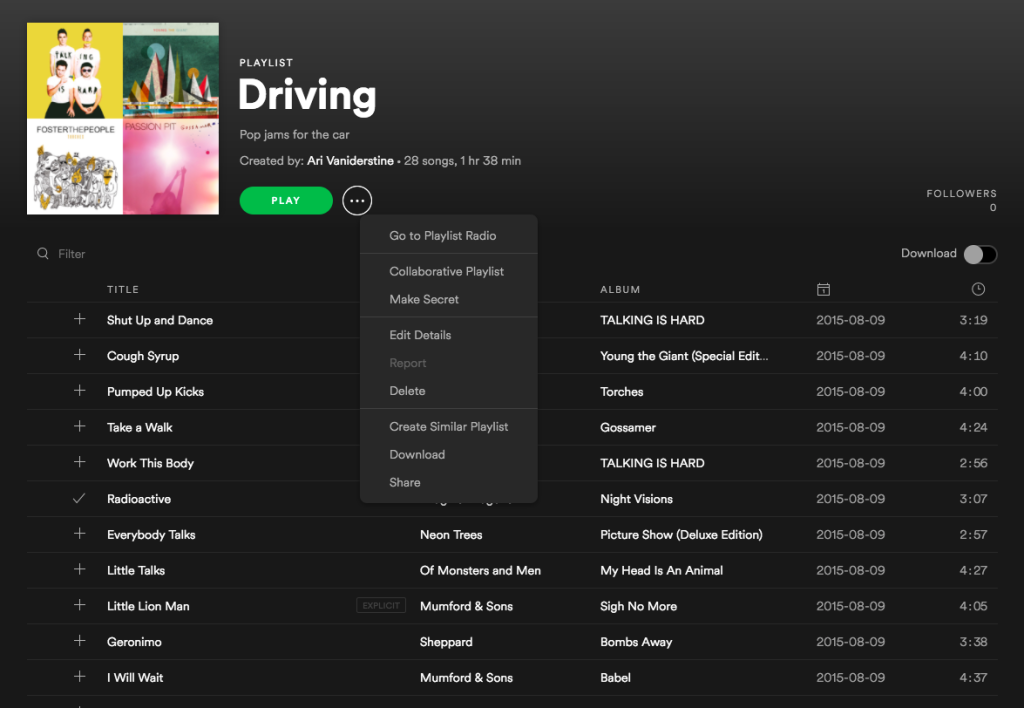
When Spotify realizes that several users have added the same song, its algorithm detects potential and may recommend it to many other users. In addition, a user playlist is far from trivial and can create a snowball effect!
To sum it up
Playlists follow a simple logic: the better known you are, the more likely you are to be added to them. So it would help if you did a long and tedious communication job to get your listeners to follow you on their platforms and enter your songs in your Liked Titles. Spotify and other platforms detect that a buzz is building up around you, and you’ll be more likely to be added to their playlists. Likes aren’t enough: listeners need to hear your music in its entirety, share it on their networks, and so on. Many metrics are linked to engagement, and all of them are important. More than the number of listeners, the quality of the listens counts. And the number of times they’ve been added to user-generated playlists.
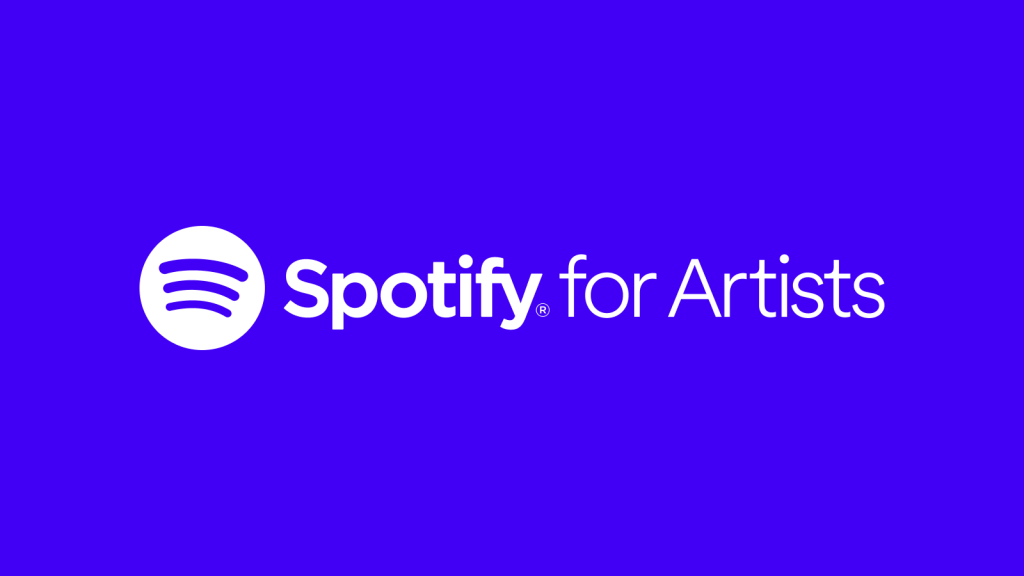
Spotify has also created a section dedicated to artists called “Spotify for artists”. It explains how to make the most of these opportunities. It also provides tips on making yourself known and generating engagement around your music: not to be overlooked.
Why use Soundiiz for these playlists?
Thanks to Soundiiz, all the playlists mentioned above can be transferred to any platform, from Spotify to Deezer, for example, or to your Soundiiz account. To do this, you can use our world-renowned Transfer function.

Let’s say you’ve spent hours and hours building your playlists on Spotify, but you’d like to try another service. One of the questions our users often ask is: Will I lose everything? My favorite artists, my playlists, my albums? It’s a legitimate fear. That’s one of the reasons why Soundiiz was created: to ensure your data is recovered when you change platforms.
Our services are top-rated because they make it easy to transfer everything in just a few steps.
Another use could be to subscribe to a streaming platform, using the free trial period, retrieve the playlists from that platform, transfer them to your Soundiiz account or the platform you want to use daily, and then cancel your subscription.
In short, Soundiiz lets you make the most of all streaming platforms!


